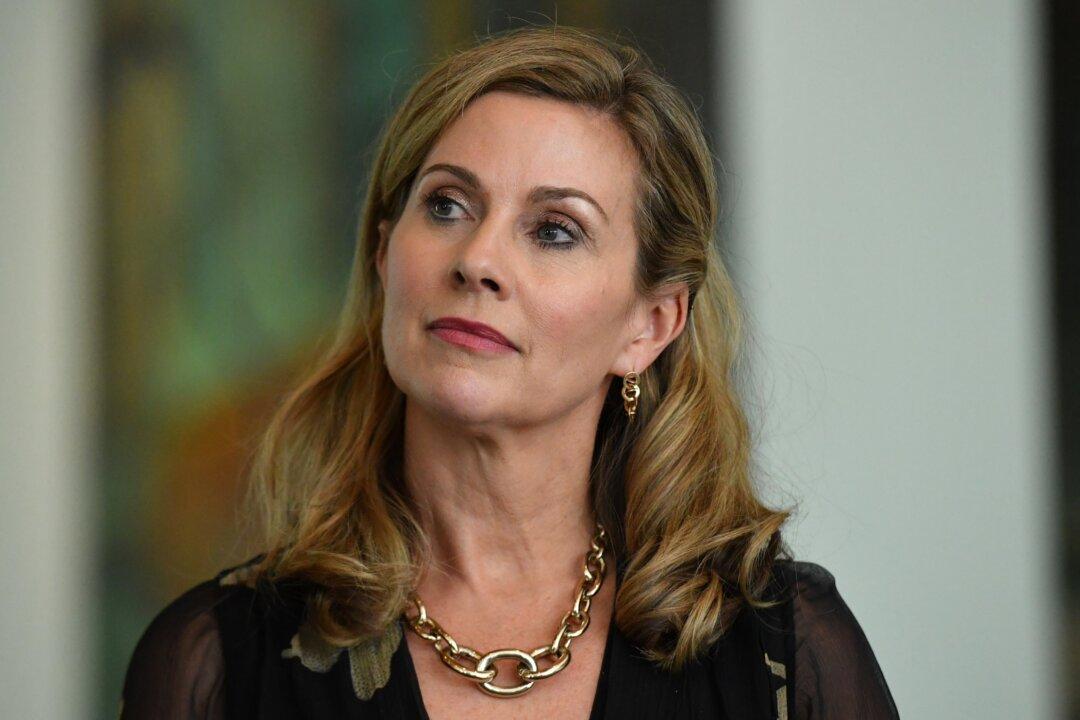Experts have recommended a revamp to Australia’s approach to developing its future teachers, including higher entry requirements, a return to explicit teaching instruction, and more support for mid-career transition to teaching.
A panel of experts led by Professor Mark Scott, the vice-chancellor of the University of Sydney, released its paper that reviewed how the teaching profession is being taught in universities as Australia struggles with teacher shortages and falling education outcomes.





